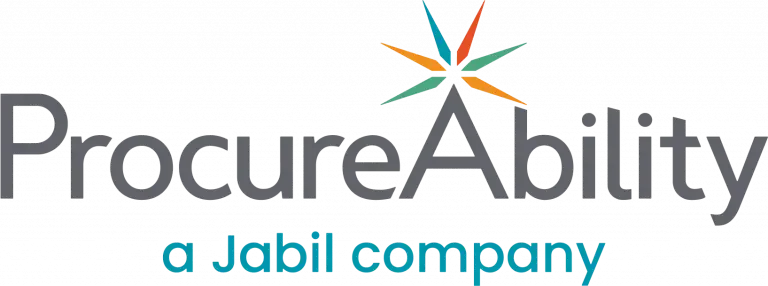
As costs rise and market competition increases, procurement teams are under pressure to protect margins and drive value. While advanced analytics and data-driven insights offer a competitive edge, one core principle remains essential: successful selling starts with effective buying, and effective buying starts with strong negotiation.
Strategic supplier negotiation is a foundational procurement capability. When executed well, it creates value for both buyer and supplier by aligning incentives and optimizing total cost of ownership. Rather than focusing solely on price, skilled procurement professionals approach negotiation as a multi-dimensional opportunity to improve terms, reduce risk, and strengthen supplier relationships.
1. Focus on Data Accuracy
Effective negotiations start with high-quality data. Gather spend data, supplier performance metrics, and market intelligence from reliable sources. High-quality spend data and supplier performance analytics are essential for credibility at the table. Always verify the accuracy and relevance of this information before bringing it to the table. A data-driven negotiation framework builds credibility and confidence.
2. Define the Negotiation Process
Establish a clear and consistent negotiation process. Embedding negotiation into a category management framework aligns objectives and avoids hidden agendas. Define roles, negotiation levers, success criteria, and boundaries upfront. By removing hidden agendas and aligning internal stakeholders early, procurement teams can avoid miscommunication and maintain focus throughout discussions.
3. Invest in Pre-Negotiation Planning
Thorough preparation is critical. Anticipate possible objections, simulate negotiation scenarios, and prepare your value levers in advance. The party that enters negotiations better prepared typically gains the advantage. Develop a clear understanding of your goals, limits, and fallback options.
4. Understand the Supplier’s Position
Effective negotiators understand the motivations of both parties. Go beyond your own objectives and consider the supplier’s challenges, constraints, and goals. By negotiating from their perspective, you increase your chances of crafting a mutually beneficial outcome. When suppliers feel heard, they’re more likely to align with your terms.
5. Collaborate with Strategic Suppliers
For key supplier relationships, consider a collaborative approach. Win-win negotiations with strategic suppliers can lead to longer-term cost savings, innovation, and supply chain resilience. Treat these suppliers as partners, not opponents. Leverage economies of scale and shared goals to unlock greater value.
6. Prioritize Procurement Value Levers
Successful negotiations don’t focus solely on price. Looking beyond price ensures broader spend management optimization and supplier alignment. Evaluate and negotiate other value levers such as quality standards, delivery performance, payment terms, warranty coverage, and contract duration. Ranking your objectives in advance helps ensure you protect what matters most while remaining flexible on less critical items.
7. Prepare a Contingency Plan
Sometimes walking away is the best outcome. Establish a clear BATNA (Best Alternative to a Negotiated Agreement) before entering discussions. A clear BATNA is a cornerstone of procurement negotiation best practices. A strong fallback position reduces pressure, prevents poor decisions, and signals to suppliers that you are negotiating from a position of strength.
8. Learn from Past Negotiations
Continuous improvement is key to long-term procurement success. Create a framework to review past negotiations, assess outcomes, and identify lessons learned. This retrospective approach helps refine your negotiation strategy and improves performance over time.
Strategic Negotiation Strengthens Procurement Impact
Supplier negotiations are a core capability in modern procurement. They require planning, insight, and discipline. By approaching each negotiation strategically, grounded in data and aligned with business goals, procurement professionals can achieve better outcomes, reduce risk, and increase value. Whether you are negotiating pricing, contract terms, or supplier partnerships, having a structured approach makes a measurable difference. Mastering the art of supplier negotiation strengthens procurement’s role as a strategic business partner.



